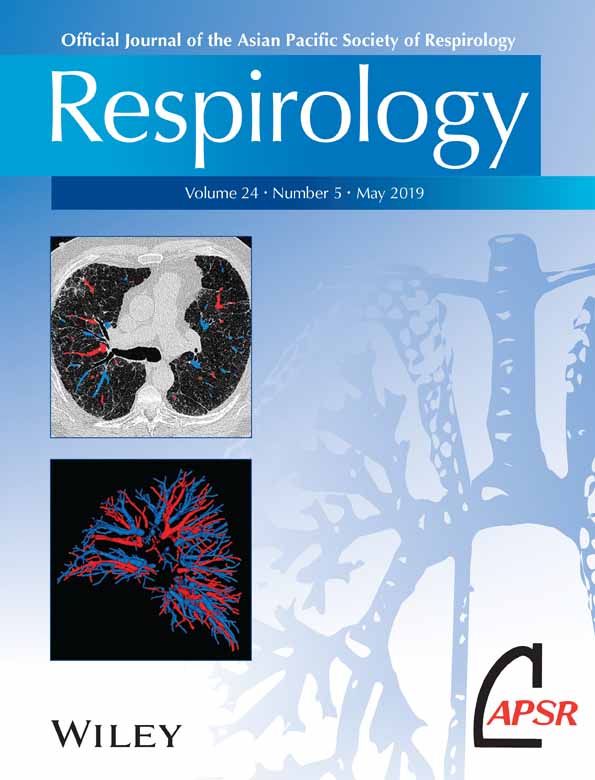Mechanism of benefit of non-invasive ventilation in COPD with hypercapnic respiratory failure
Abstract
See Reply
In their excellent practical review of non-invasive ventilation (NIV) in hypercapnic chronic obstructive pulmonary disease (COPD),1 van der Leest and Duiverman summarize recent randomized controlled trials showing that high-intensity NIV targeted to reduce arterial PCO2 improves health-related quality of life, reduces exacerbation frequency and decreases mortality in patients with COPD and hypercapnia. They discuss a number of physiological effects of NIV that might contribute to these benefits, including: reduced respiratory muscle fatigue; recruitment of small airways to reduce airflow obstruction and intrinsic positive end-expiratory airway pressure; decreased activation of the renin–angiotensin system resulting in less airway and lung oedema; and increased respiratory drive. Recent studies from our laboratory suggest another previously unappreciated mechanism that may underlie the benefits of reducing hypercapnia by the application of NIV. We have shown that elevated levels of CO2 selectively decrease expression of innate immune and antiviral genes in myeloid2 and lung epithelial cells,3 and that hypercapnia increases the mortality of bacterial pneumonia4 and influenza A infection5 in mice. These effects are pH-independent and mediated by specific intracellular signalling events triggered by high concentrations of molecular CO2. Notably, we showed that the immunosuppressive effects of elevated CO2 are reversible in vitro2 and in vivo.4 Our findings thus suggest that by decreasing hypercapnia, NIV may ameliorate CO2-induced immunosuppression and improve antibacterial and antiviral host defence. These effects could account for the reduced frequency of exacerbations and improved mortality observed in hypercapnic patients with COPD treated with NIV.




